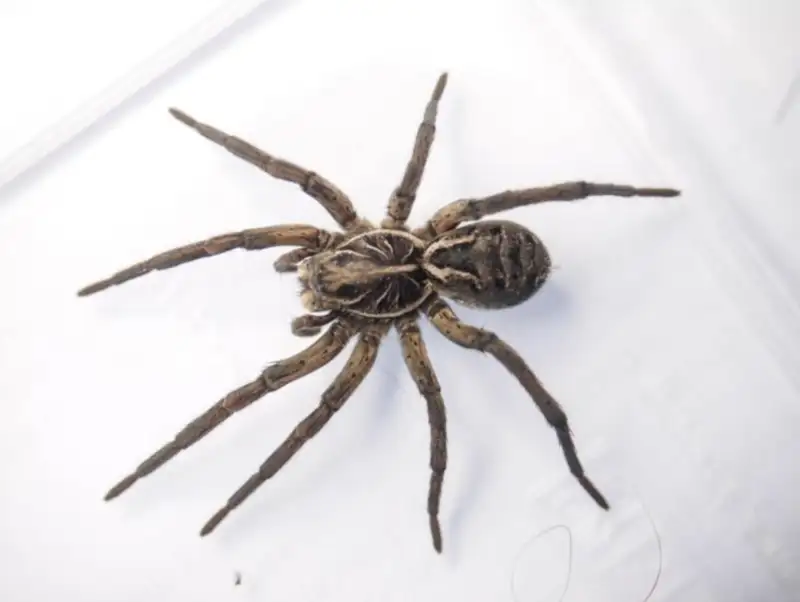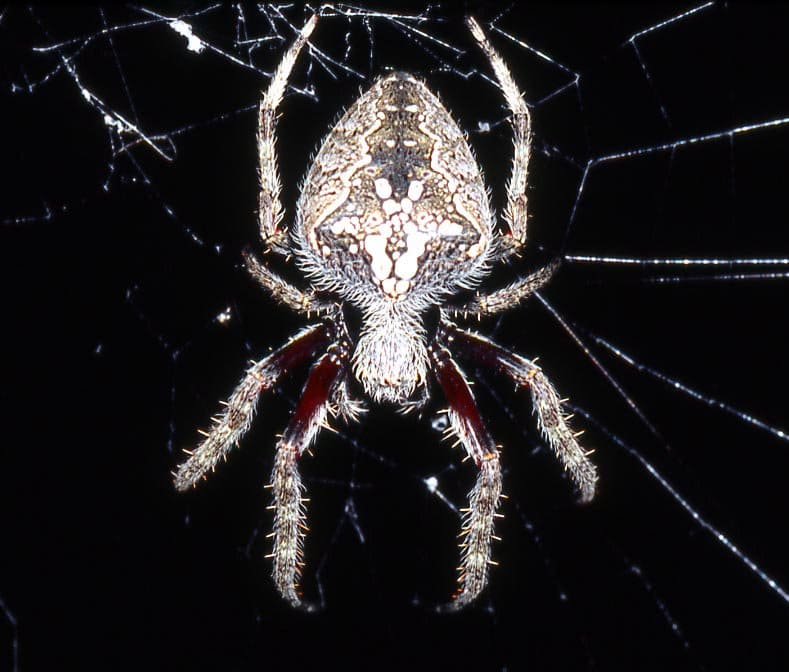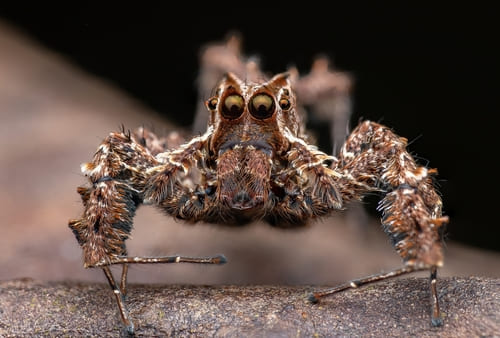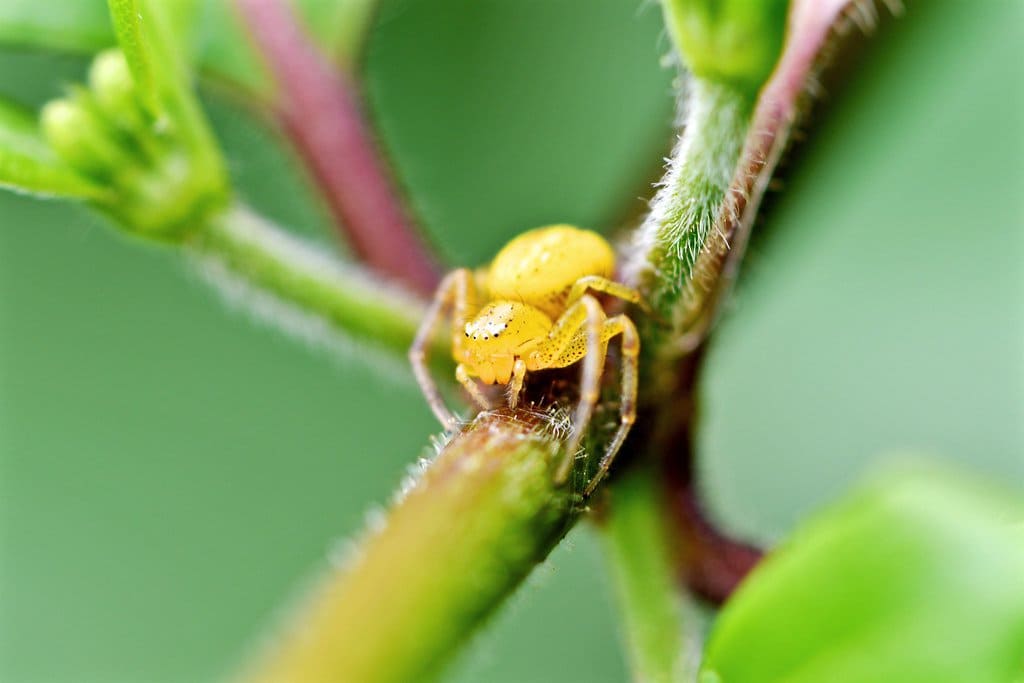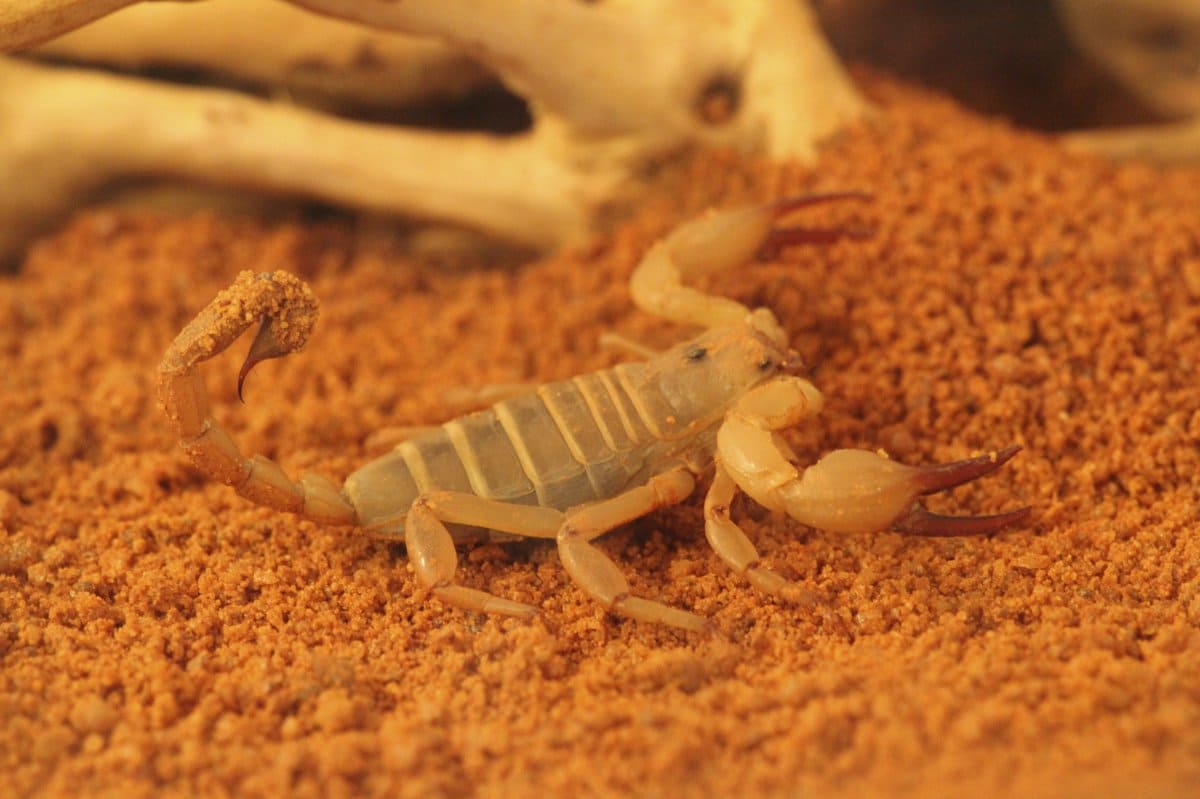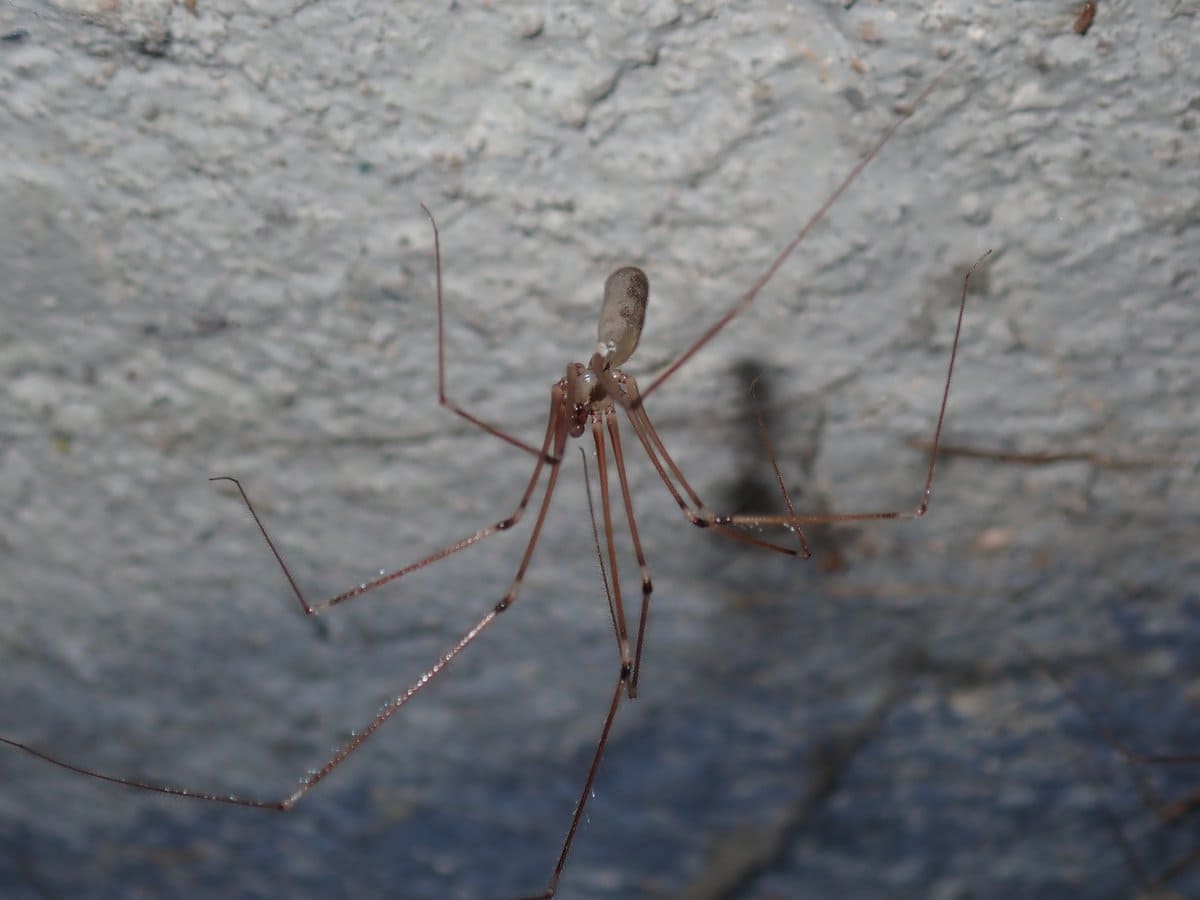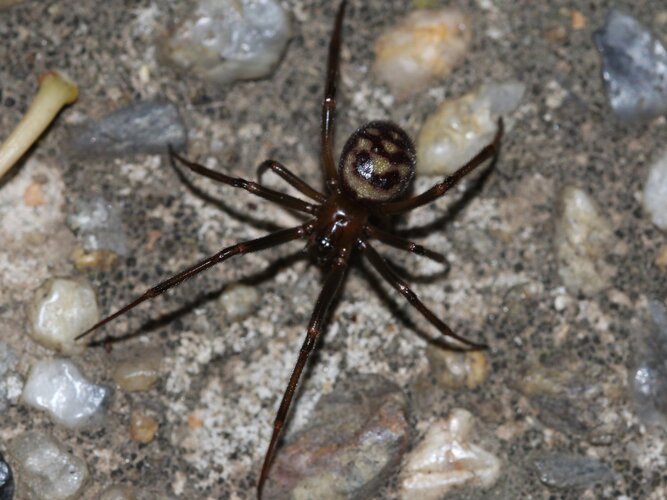Latrodectus
IUCN
LCBasic Information
Scientific classification
- name:Latrodectus
- Scientific Name:Latrodectus,black widow,Spider
- Outline:Arthropoda
- Family:Araneae Theridiidae G.Corythu
Vital signs
- length:2-8cm
- Weight:0.1-0.47g
- lifetime:6 months - 3 years
Feature
It is extremely toxic, and the whole body is poisonous, including the legs, abdomen, ovaries, etc. People who inhale it are very likely to be poisoned
Distribution and Habitat
The black widow spider is a large spider that is widely distributed and can be found in tropical and temperate areas. For example, the geometric spider is distributed in Africa, the kurakkawi spider is distributed in South and North America, the porcupine spider and the pale spider are distributed in Southern Europe, North Africa and Southwest Asia.
In China, it is distributed in Xinjiang and Yunnan. In Xinjiang, it has been found in Korla, Urumqi, Changji, Qitai, Jimsar, Fukang, Qinghe, Tekes and other counties and cities.
Appearance
The black widow spider has a black body, with red spots on the abdomen of the male spider, and is between 2 and 8 cm long. The abdomen of the adult female black widow spider is shiny black with a red hourglass-shaped mark. This mark is usually red, some may be between white and yellow or a color between red and orange. For some species, the mark may be two separate spots.
Female black widow spiders are about 38 mm long, including the leg span, and the body is about 13 mm long. Male black widow spiders are about half the size of female spiders, or even smaller. They have longer legs and smaller abdomens relative to the body size. They are usually dark brown with yellow stripes and a yellow hourglass mark. Adult male spiders can be distinguished from juvenile female spiders by their more slender bodies, longer legs, and larger pedipalps.
Details
The scientific name of the black widow spider is Latrodectus, and its foreign name is black widow. Because the female of this spider bites the male partner to death immediately after mating, the people call it "black widow".
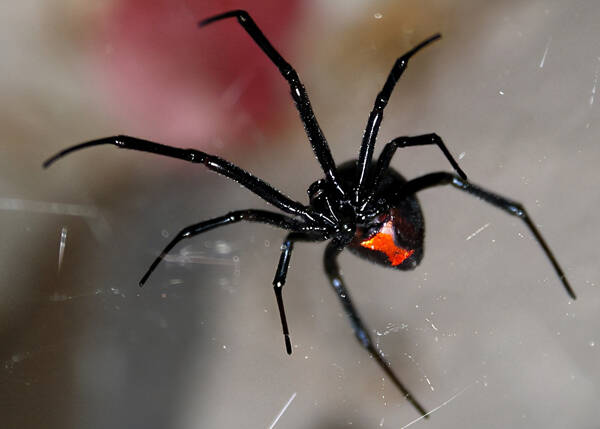
Black widow spiders usually live in temperate or tropical regions. They generally feed on various insects, but occasionally they also prey on lice, millipedes, centipedes and other spiders. When the prey is entangled in the web, the black widow spider quickly attacks from its habitat, wraps the prey securely with a tough web, then pierces the prey and injects the toxin. The toxin takes effect in about 10 minutes, during which the prey is always tightly held by the spider. When the prey stops moving, the spider injects digestive enzymes into the wound, and then the black widow spider takes the prey back to its habitat for use.
If a male spider wants to mate with a female spider, it must go through three levels. In the first level, the male spider must avoid the harm of natural enemies when approaching the female spider. Many male spiders unfortunately die in the process of looking for female spiders; in the second level, the male spider must avoid the ruthless attack of the female spider; in the third level, the male spider must be able to quickly climb up the huge body of the female spider, just like climbing a hill. To pass these three levels, the male spider must have a high running speed. Once the speed slows down, it will lose its natural enemies or be defeated by other male spiders. Science shows that the speed of male spiders is inversely proportional to their body size, so the smaller the male spider, the faster it can reach the female spider. For male spiders, speed is their life-saving amulet. At the same time, some female spiders take a long time to mate with smaller male spiders. Once mating with a female spider is completed, the male spider must quickly leave the huge body of the female spider, otherwise he will become another "dead husband" of the female spider.
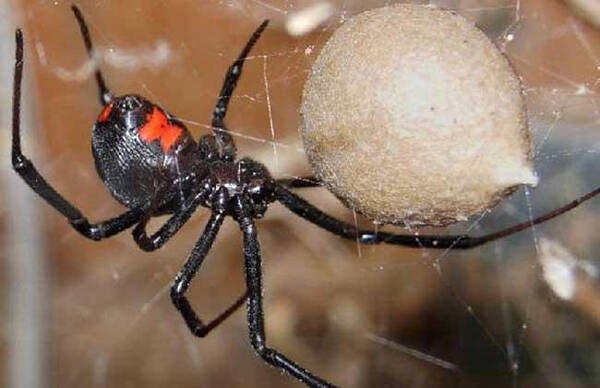
Symptoms of being bitten by a black widow spider include a pricking sensation at the wound, paleness, redness or urticaria in the wound and the surrounding area, local pain or tenderness, and severe pain that quickly spreads to the abdomen, thighs, waist, etc. within about 5 minutes after being bitten. At the same time, abdominal distension and intestinal obstruction may occur. Systemic symptoms also include weakness, blurred vision, nausea and vomiting, symptomatic painful cramps, shortness of breath, fever, convulsions, increased white blood cell counts, and characteristic burning sensations in the heels. Black widow spider bites and poisoning can easily cause myocardial damage, with varying degrees of elevation of myocardial enzymes. In severe cases, blood pressure first rises and then decreases, presenting a state of toxic shock, and children often experience convulsions.
In emergency situations, physicians often fail to notice local lesions and misdiagnose them as abdominal surgical diseases. Most patients who are bitten by black widow spiders can improve and recover after a week of drug treatment, while a few develop respiratory failure or heart failure and die. The main component of its venom, black widow spider toxin, is a glycoprotein structure that is easily destroyed by acid and alkali or inactivated by high temperature. Therefore, when the limbs are bitten, the proximal end of the wound should be ligated immediately to prevent the spread of venom; the wound can also be sucked repeatedly and blood can be spit out, or the wound can be burned with matches or cigarette butts. If conditions permit, make a "cross" incision on the wound immediately, or use plum blossom needles for acupuncture and then cupping.
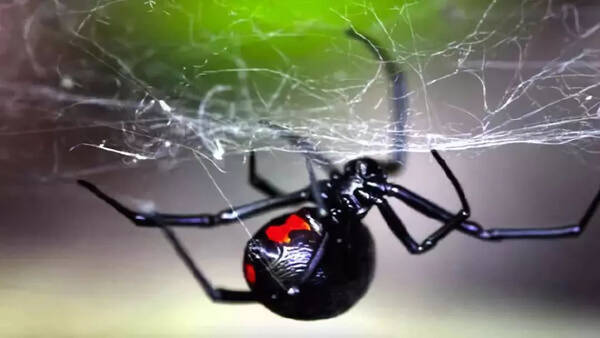
In November 2022, Xiamen Customs intercepted a highly venomous spider "Black Widow".
Protect wild animals and stop eating game.
Maintaining ecological balance is everyone's responsibility!

